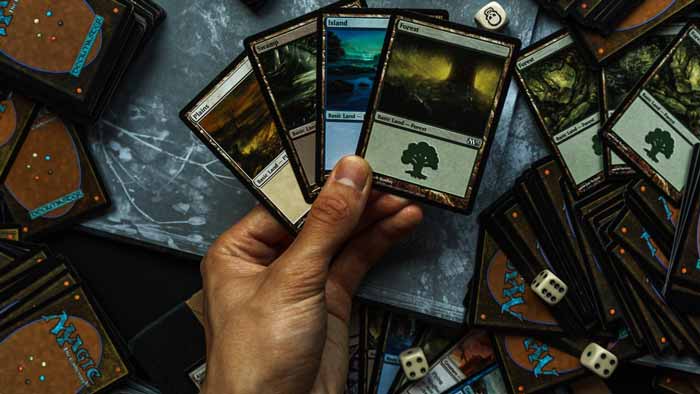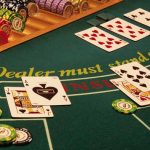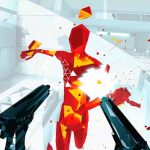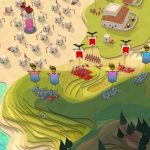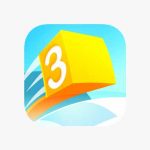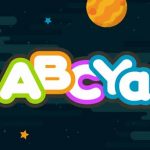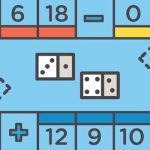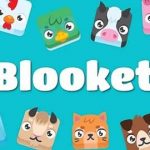Magic: The Gathering (colloquially known as Magic Cards) is a tabletop and digital collectible card game created by Richard Garfield. Released in 1993 by Wizards of the Coast (now a subsidiary of Hasbro), Magic was the first trading card game and had approximately thirty-five million players as of December 2018, and over twenty billion Magic cards were produced in the period from 2008 to 2016, during which time it grew in popularity.
A game of Magic: the Gathering represents a showdown between two powerful mages.
What is Magic: The Gathering?
Players can customise their deck before each battle, choosing cards from their library and – depending on the format – the current legal pool of sets and expansions. More than 20,000 different cards have been released for Magic: The Gathering since it first released more than 25 years ago, with over 20 billion cards printed between 2008 and 2016 alone.
The magic cards typically won by reducing your opponents’ life total to zero, some you achieve by siccing an army of summoned critters on them, and backing them up with mighty spells. Unfortunately, your opponent will have the exact same goal, resulting in an arcane tug-of-war, each player trading blows until one stands victorious. At the beginning of a match, both players begin with seven cards in their hands, and you’ll draw one more at the start of each of your turns. These magic cards will either be permanents (Creatures, Artifacts, and more) which remain on the battlefield once played, or Instants and Sorceries, which have an immediate effect and then disappear.
How to Play Magic: The Gathering
GAME ACTIONS
This section describes the actions that you’ll take during a game, including tapping your cards, casting spells, and attacking and blocking with creatures in combat.
TAPPING AND UNTAPPING
To tap a card in Magic: The Gathering is to turn it sideways to show that it has been used for the turn. You do this when you use a land to make mana, when you attack with a creature, or when you activate an ability that has the symbol as part of its cost ( means “tap this permanent”). When a permanent is tapped, you can’t tap it again until it’s been untapped (turned back upright). As your turn begins, untap your tapped cards so you can use them again.
To cast a spell in Magic: The Gathering, you must pay its mana cost (located in the upper right corner of the card) by tapping lands (or other permanents) to make the amount and Game Actions type of mana which that spell requires. For example, if you were casting Serra Angel, which costs , you could tap three basic lands of any type to pay plus two Plains to pay .
Once a spell has been cast, one of two things happens. If the spell in Magic: The Gathering is an instant or a sorcery, you follow the instructions on the card, and then you put the card into your graveyard. If the spell is a creature, artifact, or enchantment, you put the card on the table in front of you. The card is now on the battlefield.
Cards on the battlefield are called permanents to differentiate them from instants and sorceries, which are never on the battlefield.
Attacking
Between your first and second main phase is the combat phase. Regardless of whether or not an opponent controls any creatures of their own, you chose to attack the player with your creatures (not their specific creatures). You don’t have to attack with all of your creatures in Magic: The Gathering (or attack at all). Whichever creatures you choose to attack with become tapped. Already-tapped creatures and those with summoning sickness may not be assigned as attackers. At the end of combat, attacking creatures deal their power (it’s the first number found on the bottom right of the card). A creature that shows “2/3,” for example, deals two points of damage and can withstand three.
Eidolon of Obstruction (TBD)Blocking
Blocking is the other half of combat. When a player is attacked in Magic: The Gathering, they may choose to block those attacking creatures with their own untapped creatures. Attacking creatures deal their power (the first number in the “X/X” found on the bottom right of the card) in damage to the blocking creature’s toughness (the second number in the “X/X”) and visa-versa. If a creature’s toughness is reduced to zero, the creature dies and is discarded from play. Damage to creatures last until the turn ends.
Graveyard
When a card is discarded, whether from a player’s hand, from casting (playing) an instant or sorcery, or a permanent is destroyed, it goes to the discard pile. In Magic terms, that would be the “Graveyard.” There are certain cards that interact with cards in players’ graveyards.
Exile
If a card is in “Exile” in Magic: The Gathering , it’s effectively been completely removed from the game. Exiled cards cannot typically be interacted with during the course of a game.
Is Magic: The Gathering still popular?
Since 1993, Magic: The Gathering has spawned literally thousands of cards and countless playing methods. An estimated 20 million people play MTG around the world, making it one of the most widely-played trading card games of all time.
It’s also a cultural tour de force, the first collectible card game. Everything from the Pokémon and Yu-Gi-Oh! trading card games, to digital card games like Hearthstone have their roots in MTG’s innovative collectible booster packs and simple-but-deep duelling gameplay.
And that’s no wonder, because Magic: The Gathering is an excellent game. It marries social gaming, the themes and artwork of a fantastical multiverse, and the tactics and hardline strategy of something closer to chess.
Even better, publisher Wizards of the Coast has ensured that it’s easy to play socially all across the world, with most local tabletop shops holding Friday Night Magic events weekly for newcomers and veterans alike, as well as playing online via its digital incarnation Magic: The Gathering Arena.
That said, the series has collected so many products over its 25 year history – including more than 15,000 different cards – that it can be near-impossible to work out exactly how to start if you’re a beginner.
What Deck Should I Pick?
At the core of Magic cards are the ‘Lands’, which produce mana specific to the colour on their cards. There are six types of Land: Plains (White), Island (Blue), Swamp (Black), Mountain (Red), Forest (Green) and Waste (Colourless). Most players will base a deck, which consists of 60 cards, on one or two types of Land although we’ve seen people use all of them at once. There are certain spells in Magic: The Gathering that you can cast and monsters that you can summon and each of them will have a different attribute that is dependent on the Land.
Honestly, when we first started, we just picked two colours we liked: Red and Black. You can just get starter packs that combine two colours and are pre-prepared so that you don’t have to agonise over what cards to use. It’s all done for you. You don’t even have to worry about the different mechanics that can impact gameplay and these packs are pretty well balanced so if you’re playing against another player with a starter deck, it’s a level playing field. You’re welcome to substitute some of the cards with news ones you get but that can come when you’ve had a few matches under your belt.
The game has been around for almost 30 years. MTG has over 40 million players. In 2018, The total Magic: The Gathering prize money was around $10 million.
Magic: The Gathering can seem intimidating to newcomers, but the game has beginner-friendly sets and formats to help players get started.
Magic: The Gathering Arena or MTG Arena is a free-to-play digital collectible card game developed and published by Wizards of the Coast (WotC).
He attributed the game’s popularity to its inherent variety and players’ ability to customise their decks. “If you compare it to something like Monopoly, every time you play you’re getting a pretty similar experience,” he said. “But what’s neat about Magic is that the game itself keeps changing.
Also read:
- Who are the strongest Dota 2 heros? What is the New Hero Tier List
- How to get the Steadfast Exclusive Legendary Bundle? What are the items?
- The Best Meme Sprays in Valorant: How to unlock sprays?
- Apex Legends Season 13 Ranked Reloaded: What’s Coming? When’s The Release Date?
- What are the names of the Street Fighter skins in Fortnite? When is the release date?
